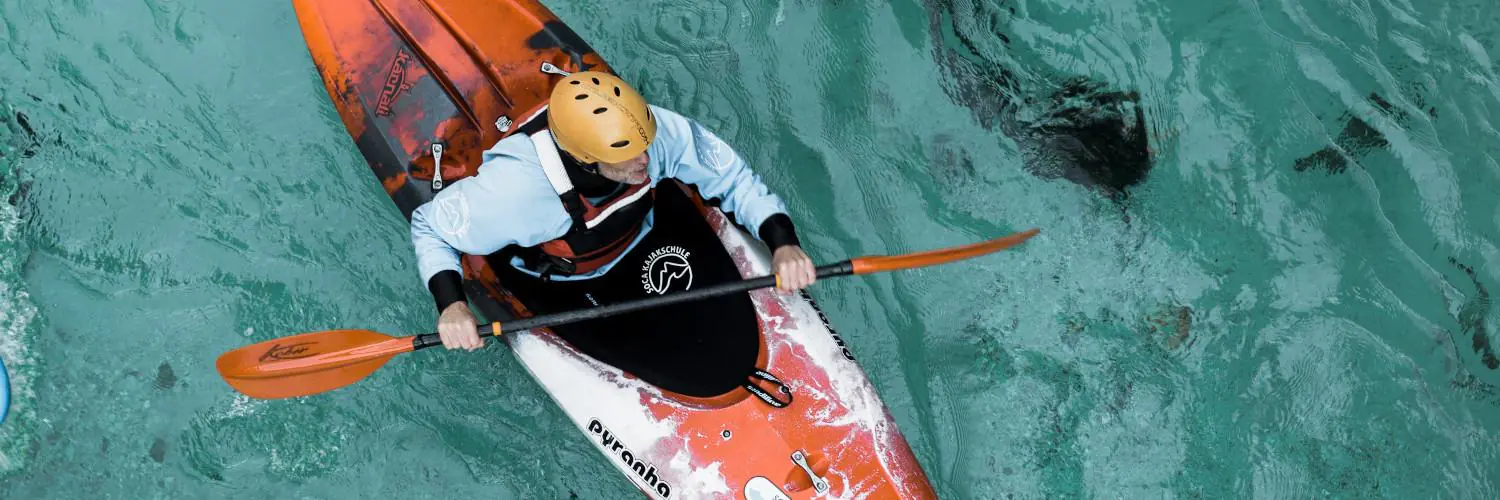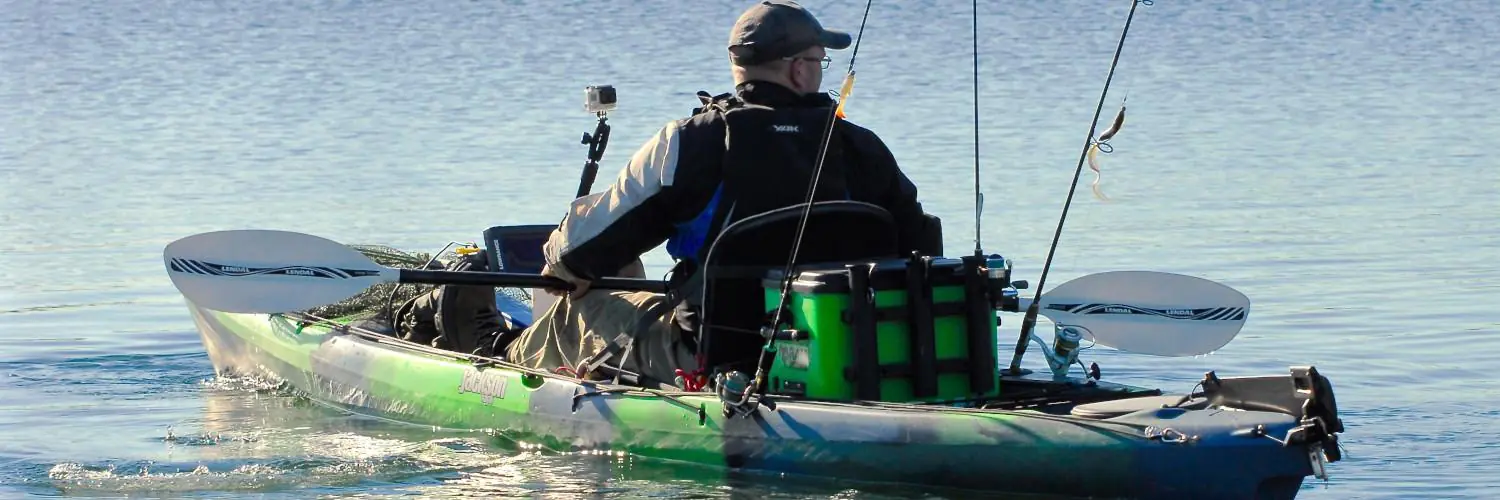Most airlines do not allow standard kayaks to be checked as baggage, but some do make exceptions for folding kayaks. Travelers should be aware that regular-sized kayaks are generally not accepted, while specific rules and size restrictions may apply if a kayak can be packed into a compact, foldable format.
Those planning air travel with a kayak need to check their airline’s policy carefully, as some companies consider kayaks oversized or special equipment and may not allow them at all. Some travelers attempt to check kayaks as other types of sporting equipment, but there is no guarantee this approach will work.
Table of Contents
Can You Check a Kayak on a Plane?
Checking a kayak on a plane is possible in some cases, depending on specific airline policies. Travelers need to be aware of restrictions, compare kayaks to similar sports equipment, and consider if their flight is domestic or international.
Airline Policies for Kayak Transport
Most major airlines do not accept rigid or non-folding kayaks as checked baggage due to their size and shape. However, some carriers, such as Alaska Airlines, allow kayaks if they are within certain size limits. For example, folding kayaks are often permitted and are treated differently from hard-shell models.
Travelers must check the maximum allowed dimensions—commonly around 115 inches in length. Air carriers may require advance notice or special handling. Kayaks are usually subject to oversized baggage fees and must be securely packed. Paddles can sometimes be taped to the kayak or packed separately but are not allowed in carry-on bags, according to TSA guidelines.
On some flights, especially ones on regional jets or smaller planes, kayaks may not be accepted even as checked items. Always confirm with the airline and arrive early for check-in.
Comparison With Other Oversized Sports Equipment
Airlines have more established policies for other large sports items like surfboards, windsurfing equipment, bicycles, golf clubs, and fishing gear. In many cases, these are easier to check than a kayak thanks to standardized packing guidelines and lower size restrictions. The table below shows how kayaks compare with other items:
| Equipment | Usually Accepted as Checked Baggage? | Typical Size Limit | Common Extra Fee |
|---|---|---|---|
| Kayak (hard shell) | Rarely | 115 inches (varies) | Often $100+ |
| Folding Kayak | Sometimes | Fits standard oversized size | $50–$150 |
| Surfboard | Often | 115–126 inches | $50–$150 |
| Bicycle | Often | Varies by airline | $30–$150 |
| Golf Clubs | Yes | Standard bag size | None–$50 |
Other items, such as scuba equipment, hockey/lacrosse gear, and archery equipment, may also be easier to check due to flexible packaging options.
International vs. Domestic Flights
Policies for checking a kayak on a plane can differ between domestic and international travel. Some airlines allow kayaks on long-haul or international routes, but impose stricter rules on domestic or regional flights. For instance, flights operated by partner airlines or smaller regional carriers may prohibit kayaks entirely.
Fee structures and size limitations often change depending on the route. International flights may provide more generous baggage allowances but can charge higher fees for oversized items. It’s also important to consider customs regulations for transporting kayaks between countries, as rules may affect how kayaks are packed and declared.
Travelers should always confirm requirements for their specific itinerary, especially when connecting across multiple carriers or flying to countries with strict import rules for sporting goods.
Airline Baggage Regulations and Fees
When traveling with a kayak, passengers need to consider airline policies for large and heavy items. Regulations, including size and weight limits, vary widely between carriers and often result in additional charges.
Baggage Allowance for Kayaks
Most airlines do not include kayaks in standard checked baggage allowances. While a typical checked bag may measure up to 62 linear inches and weigh 50 pounds, kayaks often exceed both limits.
Hard-shell kayaks rarely fit within airline guidelines, but some carriers may allow folding or inflatable kayaks as special baggage. Travelers should review carrier-specific rules on sporting equipment, as some prohibit kayaks altogether.
Each ticket usually includes a set number of checked bags, but sporting equipment like kayaks often counts as a separate item. Always check with the airline before booking, as advance notice or pre-approval may be required.
Oversized Baggage Fee and Overweight Fee
Airlines impose strict size and weight restrictions for baggage. Items over 62 linear inches or 50 pounds typically incur oversized or overweight fees, which may range from $75 to $200 per direction.
Kayaks almost always fall under these surcharge categories, especially if rigid or longer than 6 feet. Combined fees—oversized, overweight, and checked—can become substantial.
Some airlines set maximum dimensions (often around 115 linear inches or 292 cm) and refuse items larger than this. Always confirm the carrier’s limits and calculate possible surcharges before arriving at the airport.
| Fee Type | Approximate Cost |
|---|---|
| Checked Bag Fee | $35–$45 |
| Oversized Fee | $75–$200+ |
| Overweight Fee | $75–$200+ |
How to Avoid Excess Charges
Travelers can minimize fees by using inflatable or foldable kayaks, which pack into smaller bags and reduce the risk of oversize penalties. Weighing the kayak and measuring its packed dimensions before check-in helps avoid surprises.
Some loyalty programs and specialty credit cards offer free checked bags or waivers for sports equipment, potentially saving significant costs. Booking checked baggage and declaring sports equipment online, rather than at the airport, frequently offers reduced rates with certain airlines.
Contacting the airline in advance is recommended. Some carriers have specific procedures or paperwork for special items, and advanced arrangements can reduce confusion or denied boarding on departure day.
Preparing Your Kayak for Air Travel
Transporting a kayak by plane involves several specific steps, from protecting the hull to ensuring all airline requirements are met. Careful preparation can minimize the risk of damage and help avoid costly surprises at the airport.
Packing and Protection Tips
Kayaks must be packed securely to withstand transfer between terminals, conveyor belts, and handling by baggage handlers. Inflatable and folding kayaks can fit in large duffel bags or hard cases, while hardshell models need specialized kayak bags or large cardboard boxes.
Padding is crucial. Use foam blocks, bubble wrap, or old blankets around vulnerable areas such as the bow, stern, and cockpit rim. Remove or securely fasten loose parts like seats, skegs, and paddles to prevent movement and breakage during transit.
Seal all hatches and cockpit covers tightly to keep out moisture and debris. Choosing a case or box that fits snugly around the kayak will help prevent shifting and surface scratches. Extra tape and durable straps add security and keep the packaging intact throughout the journey.
Labeling Baggage for Handling
Proper labeling helps reduce mishandling and ensures your kayak is treated as fragile checked baggage. Clearly mark the exterior with FRAGILE stickers and direction arrows so baggage handlers know which way is up.
Include full contact information both inside and outside the packaging. Airlines often require a baggage tag with your name, phone number, and destination address. Some travelers recommend adding a second copy of this info inside the bag in case the main tag is lost.
Double-check the airline’s requirements for oversized or sporting equipment. In some cases, labeling the kayak as “sporting equipment” or even specifying “surfboard” rather than “kayak” has helped align with allowable baggage categories. However, accuracy in labeling is essential for claims in case of loss or damage.
Choosing the Right Kayak Type
Not all kayaks are equally suited for air travel. Inflatable and folding kayaks are much easier to check as baggage since they pack down small and often fit within most airlines’ oversized luggage limits. These models weigh less and can be carried by one person.
Traditional hardshell kayaks are bulkier, typically exceeding standard oversize baggage dimensions. They may require advance notice with the airline, and some carriers refuse hard kayaks entirely. Check each airline’s rules, as policies vary widely.
Weigh and measure your kayak before booking. Compare its packed size to airline restrictions for sporting gear, noting any extra fees for oversized or heavy bags. Detailed preparation makes it easier to fly with a kayak while avoiding last-minute issues at the airport.
Airport Procedures and Handling
Checking a kayak onto a plane involves unique steps compared to regular luggage. Proper preparation and awareness of airline policies are key to preventing issues throughout the process.
Oversized Baggage Drop-Off
Most airlines require kayaks to be treated as oversized baggage due to their length and shape. After initial check-in, travelers are directed to a dedicated counter or special conveyor for oversized items.
Staff may inspect the kayak’s packaging to ensure it meets airline safety requirements. Using a sturdy box, padded bag, or shrink wrap is recommended for protection.
Baggage handlers move oversized items differently than standard suitcases. It is important to label the package clearly with the destination and contact information in case of separation or confusion.
Kayak owners should note that some airlines may refuse kayaks exceeding specified length or weight restrictions, so always confirm limits in advance.
Security Screening for Kayaks
Kayaks and paddles are not allowed in carry-on luggage per the TSA. Both must be checked and are subject to inspection.
Security personnel may ask travelers to open packaging or remove wrappings for further examination. All contents, such as paddles and straps, should be easily accessible.
Non-metallic parts may move through scanners with less hassle, but metal components may trigger more detailed checks. Travelers should allocate extra time for this process, as security for oversized baggage can take longer than standard screening.
It’s advisable to remove any prohibited items from the kayak before travel to avoid delays or confiscation.
Pickup at Destination
Upon arrival, checked kayaks are typically sent to a designated oversized baggage claim area, not the regular carousel. Airport staff often direct passengers to the correct location, but it’s best to confirm with airline personnel if unsure.
Baggage handlers will transport the kayak from the plane to this area. Handling can vary, so owners should inspect their kayaks immediately for any visible damage or missing parts.
If damage is found, report it to airline staff before leaving the baggage area. Quick reporting is essential for filing any necessary claims. Proper labeling and robust packaging reduce the risk of mishandling or loss during this final stage.
Alternative Shipping and Transport Options
Travelers have options if flying with a kayak isn’t practical or allowed. Shipping the kayak ahead of time or renting one at the destination can be more convenient and cost-effective for some trips.
Freight Services
Freight shipping companies offer kayak transport for domestic and international travel. Major carriers like FedEx Freight, UPS Freight, and specialized sporting goods movers accept kayaks, but dimensions and weight restrictions apply. Shipping costs depend on size, distance, and delivery speed.
Some companies require kayaks to be wrapped, crated, or boxed. This protects the kayak and meets carrier guidelines. Insurance is often recommended in case of damage or loss during transit.
Timeframes vary with freight shipping, sometimes taking several days or longer for international shipments. Tracking services and pickup options are available with most freight providers. Fees can add up quickly, especially for large or heavy boats.
Rental Options at Destination
Kayak rentals are available at many popular paddling locations worldwide. Paddling shops, resorts, and tour operators often have a range of kayak types, including sea, whitewater, and recreational models.
Most rental businesses offer hourly, daily, or weekly rates. Prices, available models, and included gear like paddles and PFDs vary by location.
Travelers can research rental providers ahead of time. Comparing available sizes and brands ensures the rental matches the paddler’s needs. Local outfitters may also offer delivery and pickup services for added convenience.








